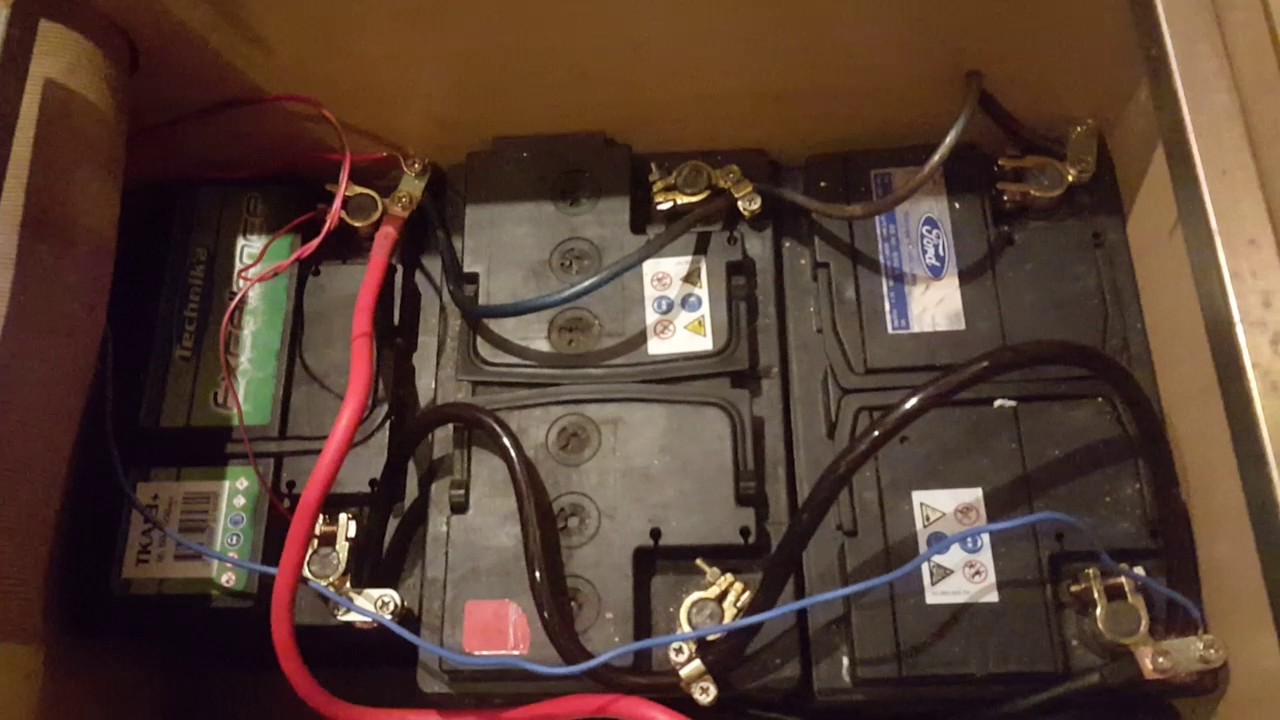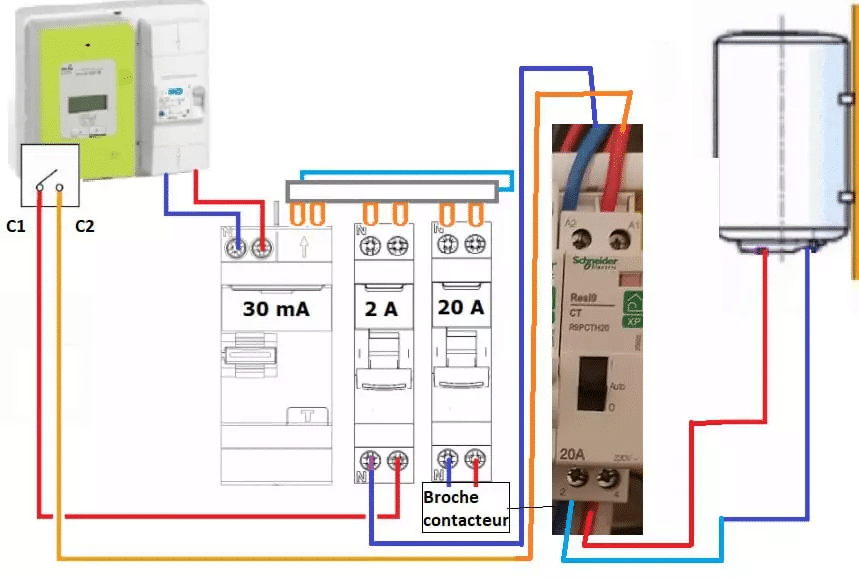PyQt Lab est un outil puissant qui permet aux utilisateurs de créer des graphiques mathématiques complexes et interactifs. Il est basé sur le framework PyQt et utilise le module Pyqtgraph pour afficher des graphiques. Dans cet article, nous allons vous montrer comment afficher un graphique Pyqtgraph vide avec des widgets de paramétrage. Nous verrons également comment ajuster les paramètres pour obtenir le graphique souhaité.
PyQt Lab’ : Graphiques Math : Pyqtgraph : Afficher un graphique Pyqtgraph vide avec des widgets de paramétrage.
Par X. HINAULT – Juin 2013

Ce que l’on va faire ici
- Affichage d’un graphique pyqtgraph vide avec des widgets permettant de régler simplement les options d’affichage des axes.
Pré-requis
- python 2.7
- pyqt4.x
- pyqtgraph
Le fichier d’interface *.ui
<ui version=« 4.0 »>
<class>Form</class>
<widget class=« QWidget » name=« Form »>
<property name=« geometry »>
<rect>
<x>0</x>
<y>0</y>
<width>499</width>
<height>416</height>
</rect>
</property>
<property name=« windowTitle »>
<string>PyQt + pyqtgraph : Graphique vide avec paramétrage axes</string>
</property>
<widget class=« PlotWidget » name=« graph »>
<property name=« geometry »>
<rect>
<x>5</x>
<y>10</y>
<width>480</width>
<height>360</height>
</rect>
</property>
</widget>
<widget class=« QPushButton » name=« pushButtonInit »>
<property name=« geometry »>
<rect>
<x>10</x>
<y>380</y>
<width>85</width>
<height>27</height>
</rect>
</property>
<property name=« text »>
<string>Initialiser</string>
</property>
</widget>
<widget class=« QCheckBox » name=« checkBoxAxisBottom »>
<property name=« geometry »>
<rect>
<x>100</x>
<y>375</y>
<width>82</width>
<height>19</height>
</rect>
</property>
<property name=« text »>
<string>Axe X</string>
</property>
<property name=« checked »>
<bool>true</bool>
</property>
</widget>
<widget class=« QCheckBox » name=« checkBoxAxisLeft »>
<property name=« geometry »>
<rect>
<x>200</x>
<y>375</y>
<width>82</width>
<height>19</height>
</rect>
</property>
<property name=« text »>
<string>Axe Y</string>
</property>
<property name=« checked »>
<bool>true</bool>
</property>
</widget>
<widget class=« QCheckBox » name=« checkBoxLabelAxisLeft »>
<property name=« geometry »>
<rect>
<x>200</x>
<y>395</y>
<width>96</width>
<height>19</height>
</rect>
</property>
<property name=« text »>
<string>Label Axe Y</string>
</property>
<property name=« checked »>
<bool>true</bool>
</property>
</widget>
<widget class=« QCheckBox » name=« checkBoxLabelAxisBottom »>
<property name=« geometry »>
<rect>
<x>100</x>
<y>395</y>
<width>96</width>
<height>19</height>
</rect>
</property>
<property name=« text »>
<string>Label Axe X</string>
</property>
<property name=« checked »>
<bool>true</bool>
</property>
</widget>
</widget>
<customwidgets>
<customwidget>
<class>PlotWidget</class>
<extends>QGraphicsView</extends>
<header>pyqtgraph</header>
</customwidget>
</customwidgets>
<resources/>
<connections/>
</ui>
Le fichier d’interface *.py
- Fichier obtenu automatiquement avec l’utilitaire pyuic4 à partir du fichier *.ui créé avec QtDesigner :
# Form implementation generated from reading ui file ‘/home/xavier/www/mon_arduino/python_avec_arduino/mes_pyQt_tutos_v2/pyqtgraph/tuto_pyqt_pyqtgraph_graphique_vide_param/codes/tuto_pyqt_pyqtgraph_graphique_vide_param.ui’
#
# Created: Fri Jun 7 15:16:10 2013
# by: PyQt4 UI code generator 4.9.1
#
# WARNING! All changes made in this file will be lost!
from PyQt4 import QtCore, QtGui
try:
_fromUtf8 = QtCore.QString.fromUtf8
except AttributeError:
_fromUtf8 = lambda s: s
class Ui_Form(object):
def setupUi(self, Form):
Form.setObjectName(_fromUtf8(« Form »))
Form.resize(499, 416)
self.graph = PlotWidget(Form)
self.graph.setGeometry(QtCore.QRect(5, 10, 480, 360))
self.graph.setObjectName(_fromUtf8(« graph »))
self.pushButtonInit = QtGui.QPushButton(Form)
self.pushButtonInit.setGeometry(QtCore.QRect(10, 380, 85, 27))
self.pushButtonInit.setObjectName(_fromUtf8(« pushButtonInit »))
self.checkBoxAxisBottom = QtGui.QCheckBox(Form)
self.checkBoxAxisBottom.setGeometry(QtCore.QRect(100, 375, 82, 19))
self.checkBoxAxisBottom.setChecked(True)
self.checkBoxAxisBottom.setObjectName(_fromUtf8(« checkBoxAxisBottom »))
self.checkBoxAxisLeft = QtGui.QCheckBox(Form)
self.checkBoxAxisLeft.setGeometry(QtCore.QRect(200, 375, 82, 19))
self.checkBoxAxisLeft.setChecked(True)
self.checkBoxAxisLeft.setObjectName(_fromUtf8(« checkBoxAxisLeft »))
self.checkBoxLabelAxisLeft = QtGui.QCheckBox(Form)
self.checkBoxLabelAxisLeft.setGeometry(QtCore.QRect(200, 395, 96, 19))
self.checkBoxLabelAxisLeft.setChecked(True)
self.checkBoxLabelAxisLeft.setObjectName(_fromUtf8(« checkBoxLabelAxisLeft »))
self.checkBoxLabelAxisBottom = QtGui.QCheckBox(Form)
self.checkBoxLabelAxisBottom.setGeometry(QtCore.QRect(100, 395, 96, 19))
self.checkBoxLabelAxisBottom.setChecked(True)
self.checkBoxLabelAxisBottom.setObjectName(_fromUtf8(« checkBoxLabelAxisBottom »))
self.retranslateUi(Form)
QtCore.QMetaObject.connectSlotsByName(Form)
def retranslateUi(self, Form):
Form.setWindowTitle(QtGui.QApplication.translate(« Form », « PyQt + pyqtgraph : Graphique vide avec paramétrage axes », None, QtGui.QApplication.UnicodeUTF8))
self.pushButtonInit.setText(QtGui.QApplication.translate(« Form », « Initialiser », None, QtGui.QApplication.UnicodeUTF8))
self.checkBoxAxisBottom.setText(QtGui.QApplication.translate(« Form », « Axe X », None, QtGui.QApplication.UnicodeUTF8))
self.checkBoxAxisLeft.setText(QtGui.QApplication.translate(« Form », « Axe Y », None, QtGui.QApplication.UnicodeUTF8))
self.checkBoxLabelAxisLeft.setText(QtGui.QApplication.translate(« Form », « Label Axe Y », None, QtGui.QApplication.UnicodeUTF8))
self.checkBoxLabelAxisBottom.setText(QtGui.QApplication.translate(« Form », « Label Axe X », None, QtGui.QApplication.UnicodeUTF8))
from pyqtgraph import PlotWidget
if __name__ == « __main__ »:
import sys
app = QtGui.QApplication(sys.argv)
Form = QtGui.QWidget()
ui = Ui_Form()
ui.setupUi(Form)
Form.show()
sys.exit(app.exec_())
Le fichier d’application *Main.py
# -*- coding: utf-8 -*-
# par X. HINAULT – Mai 2013 – Tous droits réservés
# GPLv3 – www.mon-club-elec.fr
# modules a importer
from PyQt4.QtGui import *
from PyQt4.QtCore import * # inclut QTimer..
import os,sys
import pyqtgraph as pg # pour accès à certaines constantes pyqtgraph, widget, etc…
import numpy as np # math et tableaux
from tuto_pyqt_pyqtgraph_graphique_vide_param import * # fichier obtenu à partir QtDesigner et pyuic4
# +/- variables et objets globaux
class myApp(QWidget, Ui_Form): # la classe reçoit le Qwidget principal ET la classe définie dans test.py obtenu avec pyuic4
def __init__(self, parent=None):
QWidget.__init__(self) # initialise le Qwidget principal
self.setupUi(parent) # Obligatoire
# — Variables de classe
# — Paramétrage des widgets de l’interface GUI si nécessaire —
# — Connexions entre signaux des widgets et fonctions
# connecte chaque signal utilisé des objets à l’appel de la fonction voulue
self.connect(self.pushButtonInit, SIGNAL(« clicked() »), self.pushButtonInitClicked)
self.connect(self.checkBoxAxisBottom, SIGNAL(« clicked() »), self.checkBoxAxisBottomClicked) # connecte le signal Clicked de l’objet checkBox à l’appel de la fonction voulue
self.connect(self.checkBoxAxisLeft, SIGNAL(« clicked() »), self.checkBoxAxisLeftClicked) # connecte le signal Clicked de l’objet checkBox à l’appel de la fonction voulue
self.connect(self.checkBoxLabelAxisBottom, SIGNAL(« clicked() »), self.checkBoxLabelAxisBottomClicked) # connecte le signal Clicked de l’objet checkBox à l’appel de la fonction voulue
self.connect(self.checkBoxLabelAxisLeft, SIGNAL(« clicked() »), self.checkBoxLabelAxisLeftClicked) # connecte le signal Clicked de l’objet checkBox à l’appel de la fonction voulue
# — Code actif initial —
#– initialise le graphique pyqtgraph —
# l’objet self.graph correspond au plotWidget créé dans QtDesigner
# aspect fond /axes
#self.graph.hideAxis(‘left’) # masque axes – ‘left’, ‘bottom’, ‘right’, or ‘top’
self.graph.setBackgroundBrush(QBrush(QColor(Qt.white))) # la classe PlotWidget est un GraphicsWidget qui est un QGraphics View
self.graph.showGrid(x=True, y=True) # affiche la grille
self.graph.getAxis(‘bottom’).setPen(pg.mkPen(0,0,255)) # couleur de l’axe + grille
self.graph.getAxis(‘left’).setPen(pg.mkPen(255,0,0)) # couleur de l’axe + grille
# légende des axes
labelStyle = {‘color’: ‘#00F’, ‘font-size’: ’10pt’} # propriétés CSS à utiliser pour le label
self.graph.getAxis(‘bottom’).setLabel(‘X’, units=‘unit’, **labelStyle) # label de l’axe
self.graph.getAxis(‘left’).setLabel(‘Y’, units=‘unit’, **labelStyle) # label de l’axe
# adaptation échelle axes
self.graph.enableAutoRange(axis=pg.ViewBox.YAxis, enable=False) # fonction plotItem : désactive autoscale Y
self.graph.setYRange(–10,10) # fonction plotItem : fixe échelle des Y
# interactivité
#self.graph.setInteractive(False) # fonction QGraphics View : pour inactiver interaction souris
self.graph.getViewBox().setMouseMode(pg.ViewBox.RectMode) # fonction ViewBox pas accessible depuis PlotWidget : fixe selection par zone
self.graph.setMouseEnabled(x=False, y=True) # désactive interactivité axe X
# — les fonctions appelées, utilisées par les signaux —
# pushButton
def pushButtonInitClicked(self):
print(« Bouton Init cliqué »)
self.graph.setYRange(–10,10) # fonction plotItem : fixe échelle des Y
self.graph.setXRange(0,1) # fonction plotItem : fixe échelle des Y
def checkBoxAxisBottomClicked(self):
print(« Checkbox axe X cliqué »)
if self.checkBoxAxisBottom.isChecked(): # si checkBox sélectionné
print(« Etat checkBox = « + str(self.checkBoxAxisBottom.isChecked()))
self.graph.showAxis(‘bottom’)
# self.graph.showAxis(‘bottom’, True) # équivalent
if self.checkBoxLabelAxisBottom.isChecked(): self.graph.showLabel(‘bottom’,True)
else : # si checkBox pas sélectionné
print(« Etat checkBox = « + str(self.checkBoxAxisBottom.isChecked()))
self.graph.hideAxis(‘bottom’)
# self.graph.showAxis(‘bottom’, False) # équivalent
self.graph.showLabel(‘bottom’,False)
def checkBoxAxisLeftClicked(self):
print(« Checkbox axe Y cliqué »)
if self.checkBoxAxisLeft.isChecked(): # si checkBox sélectionné
print(« Etat checkBox = « + str(self.checkBoxAxisLeft.isChecked()))
self.graph.showAxis(‘left’)
# self.graph.showAxis(‘left’, True) # équivalent
if self.checkBoxLabelAxisLeft.isChecked():self.graph.showLabel(‘left’,True)
else : # si checkBox pas sélectionné
print(« Etat checkBox = « + str(self.checkBoxAxisLeft.isChecked()))
self.graph.hideAxis(‘left’)
self.graph.showLabel(‘left’,False)
def checkBoxLabelAxisBottomClicked(self):
print(« Checkbox Label axe X cliqué »)
if self.checkBoxLabelAxisBottom.isChecked(): # si checkBox sélectionné
print(« Etat checkBox = « + str(self.checkBoxLabelAxisBottom.isChecked()))
self.graph.showLabel(‘bottom’,True)
else : # si checkBox pas sélectionné
print(« Etat checkBox = « + str(self.checkBoxLabelAxisBottom.isChecked()))
self.graph.showLabel(‘bottom’,False)
def checkBoxLabelAxisLeftClicked(self):
print(« Checkbox Label axe Y cliqué »)
if self.checkBoxLabelAxisLeft.isChecked(): # si checkBox sélectionné
print(« Etat checkBox = « + str(self.checkBoxLabelAxisLeft.isChecked()))
self.graph.showLabel(‘left’,True)
else : # si checkBox pas sélectionné
print(« Etat checkBox = « + str(self.checkBoxLabelAxisLeft.isChecked()))
self.graph.showLabel(‘left’,False)
# — fonctions de classes autres—
# — Autres Classes utiles —
# — Classe principale (lancement) —
def main(args):
a=QApplication(args) # crée l’objet application
f=QWidget() # crée le QWidget racine
c=myApp(f) # appelle la classe contenant le code de l’application
f.show() # affiche la fenêtre QWidget
r=a.exec_() # lance l’exécution de l’application
return r
if __name__==« __main__ »: # pour rendre le code exécutable
main(sys.argv) # appelle la fonction main
Utilisation
- Les 2 fichiers suivants sont à enregistrer dans un même répertoire, l’un en nom.py et l’autre en nomMain.py.
- Puis lancer l’application depuis Geany ou équivalent, en exécutant le fichier nomMain.py
- La molette de souris assure le zoom
Articles Liés
- PyQt Lab' : Graphiques Math : Pyqtgraph : Affichage progressif de courbe dans un graphique pyqtgraph avec bouton de stop, effacer, widget LCD de valeur courante et croix de ligne de sélection en mode stoppé.
PyQt Lab est un outil puissant pour les scientifiques et les ingénieurs qui souhaitent afficher…
- PyQt Lab' : 3D avec OpenGL :
PyQt Lab est un outil puissant qui permet aux développeurs de créer des applications 3D…
- Javascript : Graphique Dygraphs simple
Le Javascript est un langage de programmation très populaire et puissant qui permet aux développeurs…







